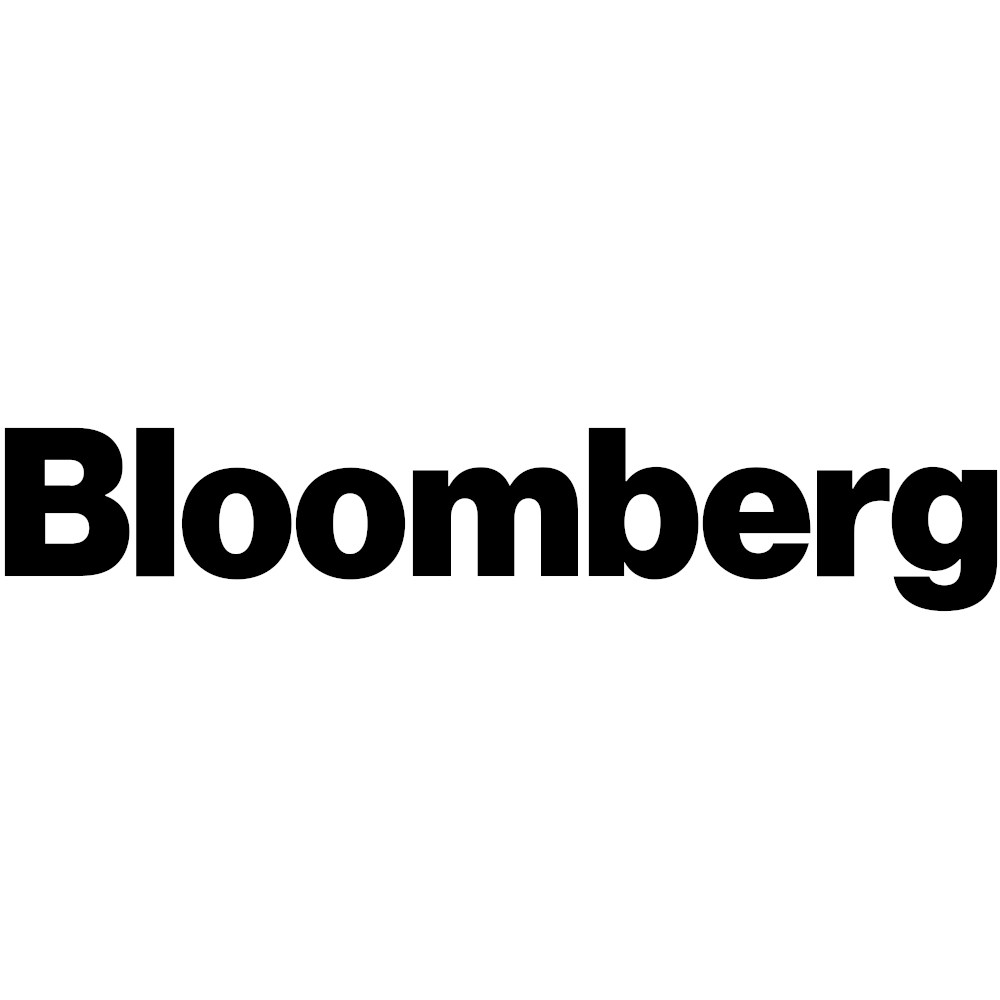Bond Traders Are Resolute on 2024 Fed Cuts as Data Whips Yields

Treasury traders are standing firm behind wagers that the Federal Reserve will cut interest rates sharply in 2024, even as a bunch of employment and service-industry data whipsawed yields Friday.
Swap contracts tied to Fed meeting dates are again pricing in almost six quarter-point cuts and see a more than 70% chance of a quarter-point policy-rate decrease in March. While those bets pared following a job creation report that topped estimates and came with hot wages, the market quickly bounced as a deeper read into the payrolls report, large revision to November payrolls, and a soft reading on the US service sector emboldened traders.
Yields moved in tandem — rising sharply in the immediate aftermath of the employment data before going on to swoon as investors used the rise in yields to snap up Treasuries.
The rebound in Treasury yields to start the year comes after bonds rallied sharply in the last two months of 2023 on signals that the Fed is pivoting toward more dovish monetary policy. But with bonds down 0.75% so far this year through Thursday’s close, and yields remaining higher for the week, many in the market are welcoming the uptick in rates as an opportunity to recalibrate their wagers.
“The market got way too ahead of the Fed,” said Rick Rieder, chief investment officer of global fixed income at BlackRock Inc. said on Bloomberg Television. “I think you can start owning interest rates, this back up is great,” he said, adding that he believe the Fed will likely first cut rates in May or June. Rieder will get “really excited” about Treasuries if rates rise another 15 to 20 basis points, he said.
Two-year Treasury yields climbed almost 10 basis points in early US trading to around 4.48% — the highest since mid-December — before sliding to about 4.33%. The rate — the most sensitive to Fed policy — is up about eight basis points for the week. Yields of all maturities were down by mid-morning, with the global benchmark 10-year rate at about 3.97%, well below it’s Friday high around 4.10%.
The gyrations followed a nonfarm payrolls print that showed employment increased 216,000 after downward revisions to the prior two months. The unemployment rate held at 3.7% as the workforce shrank, while average hourly earnings rose 0.4% from a month earlier. Meanwhile, the Institute for Supply Management’s overall gauge of services decreased 2.1 points, the most since March, to 50.6 in December. The index, while remaining above the 50 level that indicates expansion, was the second-weakest of the year.
“Despite the strength of NFP, Treasuries found an impressive bid after the kneejerk selloff in response to the data,” said Ben Jeffery of BMO Capital Markets. “That rally has extended in the wake of ISM.”
Following their last meeting of the year, Fed policy makers published new quarterly forecasts on the outlook for the funds rate — projecting three quarter-point cuts in total for this year. The US Central bank left its target range for the rate unchanged in December at 5.25%-5.5%. The Fed’s will begin its next two-day meeting on Jan. 30.
Traders are now girding for more volatility as traders adjust their outlook around key economic data. Long positions — those betting on Treasuries gaining — have been trimmed and some new shorts have been added, according to futures data. But also some trend-following firms, such as AlphaSimplex Group — which won big riding the rise in yields that began in 2022 — flagged this week that its signals are now bullish on bonds.
“What we are getting now is creating volatility and that makes sense,” said Gregory Faranello, Head of US Rates Trading and Strategy for AmeriVet Securities. “It’s certainly not inconsistent with a Fed on hold and the next move lower. The March meeting still seems tight,” he said adding that he favors the short-end.
— By: Liz Capo McCormick with assistance from Edward Bolingbroke and Carter Johnson



